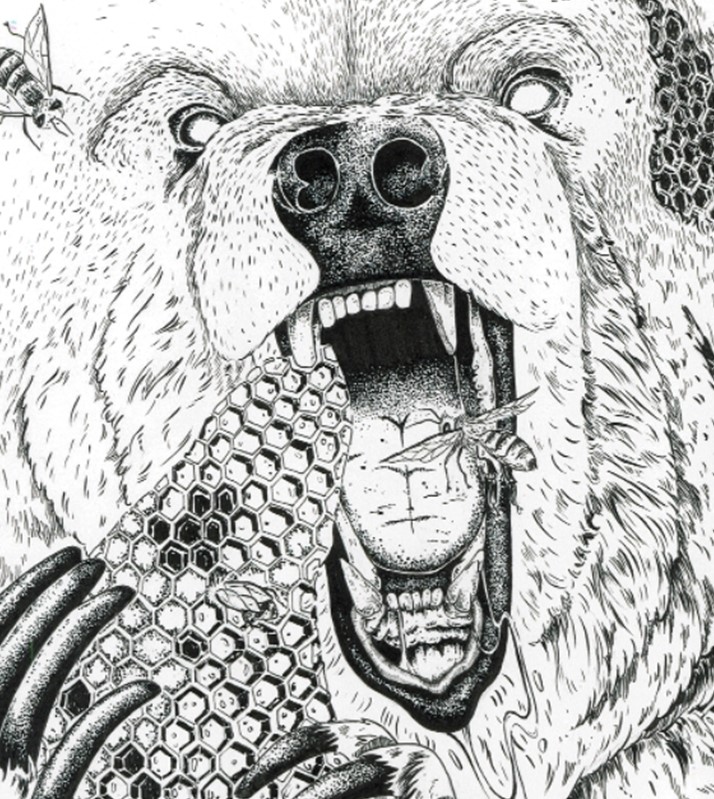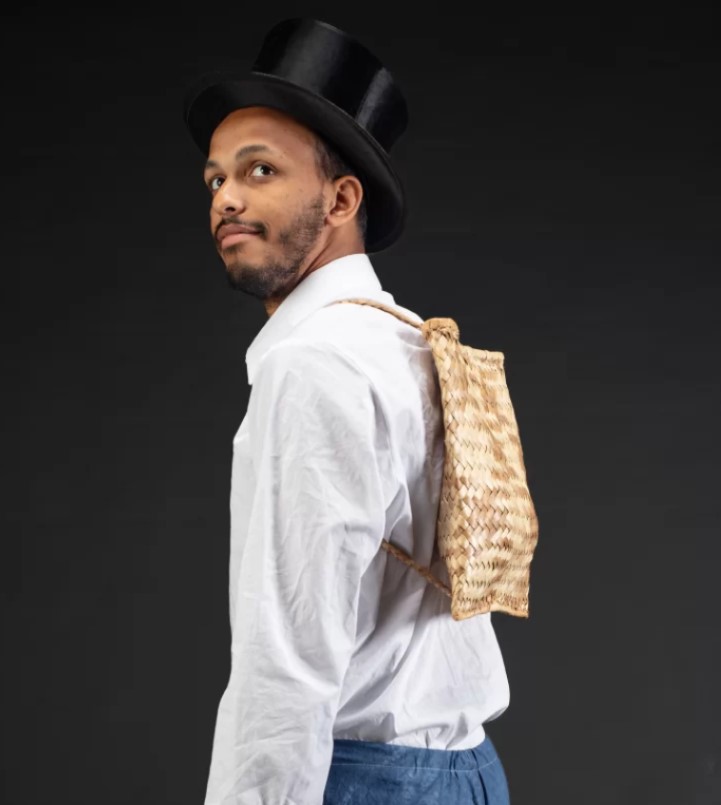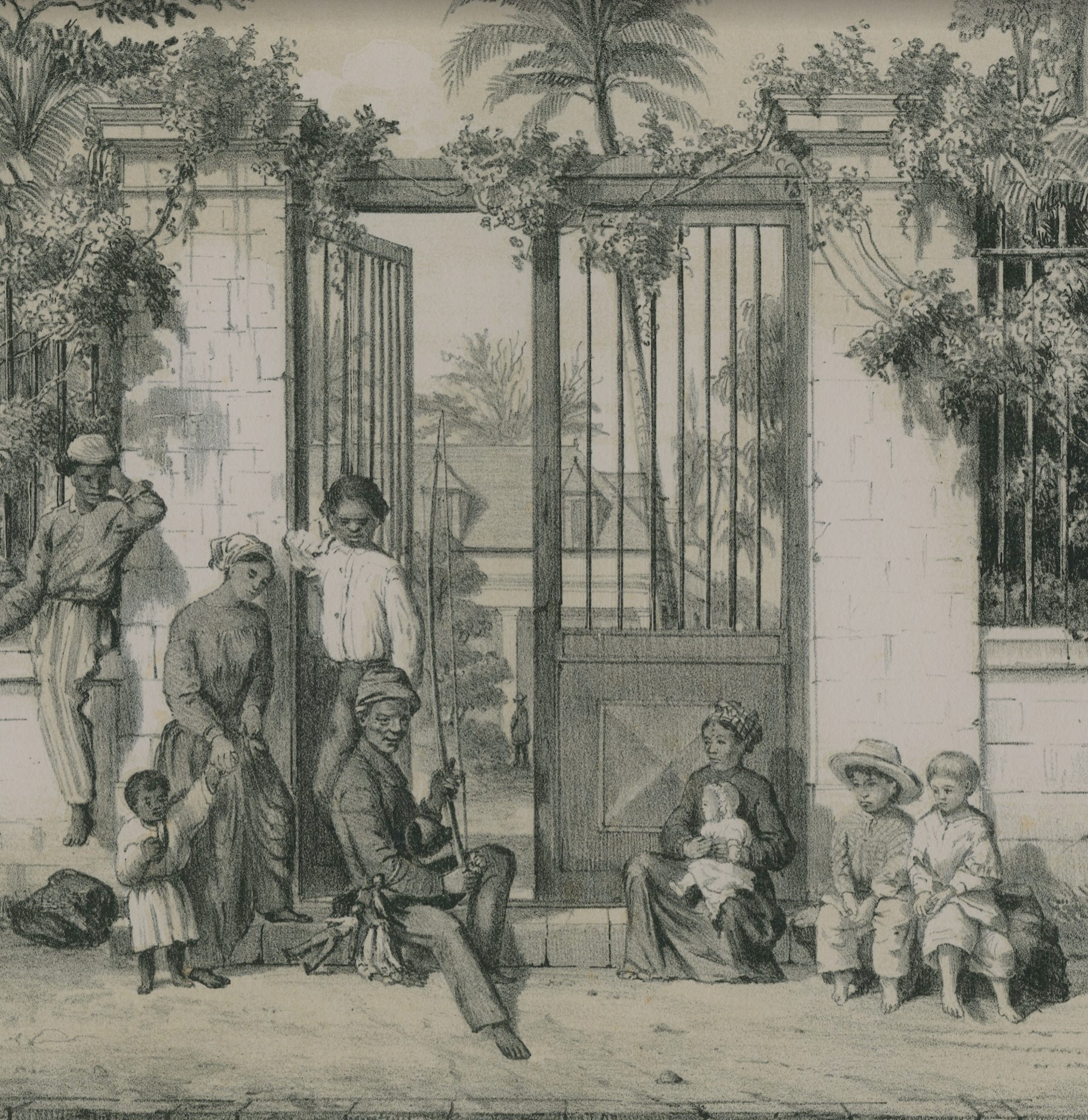Summer 23 : TBK
Heritages & Créolités
TbK : Rum & Men
Rum & Men is a photographic portrait on the site of the Saint-Maurice rum distillation plant making a brand known by some as LA BELLE CABRESSE. Production takes place in Saint Laurent du Maroni, on the border between French Guyana and Surinam, former Dutch Guyana - Amazonia.
A story by Julien Vandanjon-Rancoule, then a young freelance photojournalist, as part of an educational documentary filming assignment produced by Pole Production under the direction of Dimitri Tuban. Footage were shot on 27 October 2009, remastered in February 2022.
"La Rhumerie" is the property of the Prévot family, adventurers who, as many, came in the 19th century to try their luck in gold panning in Amazonia. But it is mainly the story of these men : the workers.
Work at the cane factory is thankless and dangerous. Sugar coats all the surfaces, making them sticky and attracting bees and wasps. Cane leaves must be handled with care, as the edges are sharp. Cane straw is highly flammable, as are alcohol vapours, and leaks can play a role in accelerating the start of a fire, or even an explosion.
The Guyanese climate, already hot and humid all the time, takes its toll on these workers, who toil in the noise and steam with the same gestures and the same piston-driven machines as when they were invented in the mid-19th century. A few metal guardrails and sheet metal plates seem to do little to protect their hands from the gargantuan gears that must be constantly fed, monitored and oiled...
Bushinengués, Creoles, these workers marked by their labour are a reflection of Guiana, which remains a land of pioneers, far from the big maps, far from all the comforts of a television that sends back an anachronistic image of this reality. You can see in their eyes a determination and pride that commands respect. Here we hardly speak. Because there's too much noise, or simply because everything that needs to be said has been said. They're tough, they're serious, but they're beautiful. This factory is their tool, it's their life, probably that of their parents and maybe their children. It's one of the last that didn't burn down and take everything. It's a collective effort to keep it alive, a synchronised dance.
"These men are the same ones who made my island, Réunion, the ones I grew up with. I saw these machines lying inert by the roadside, rotting in the old gully beds. The story of these men is a story that needs to be told and passed on. It's a task that I carry on today."
- Hits: 2908













